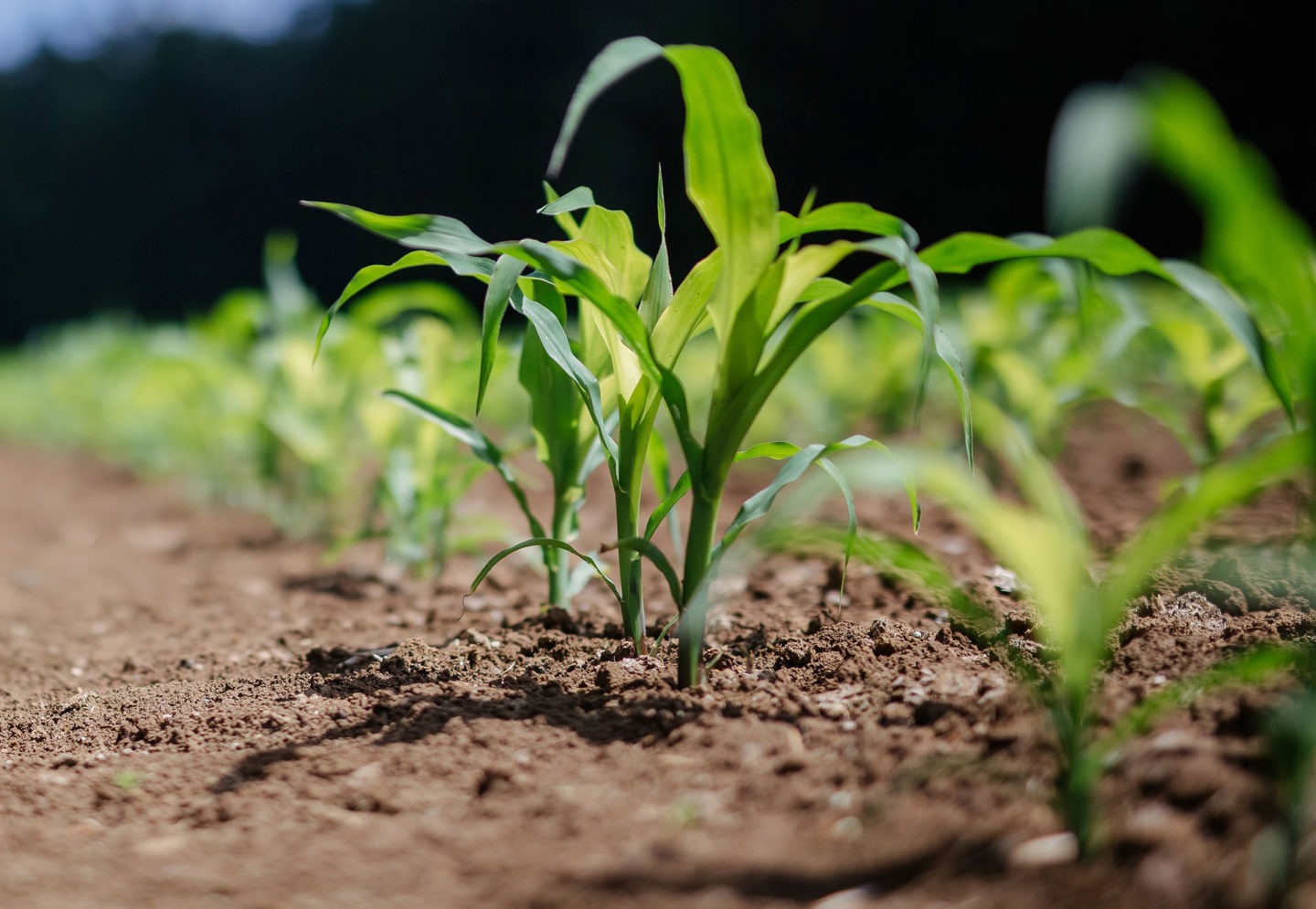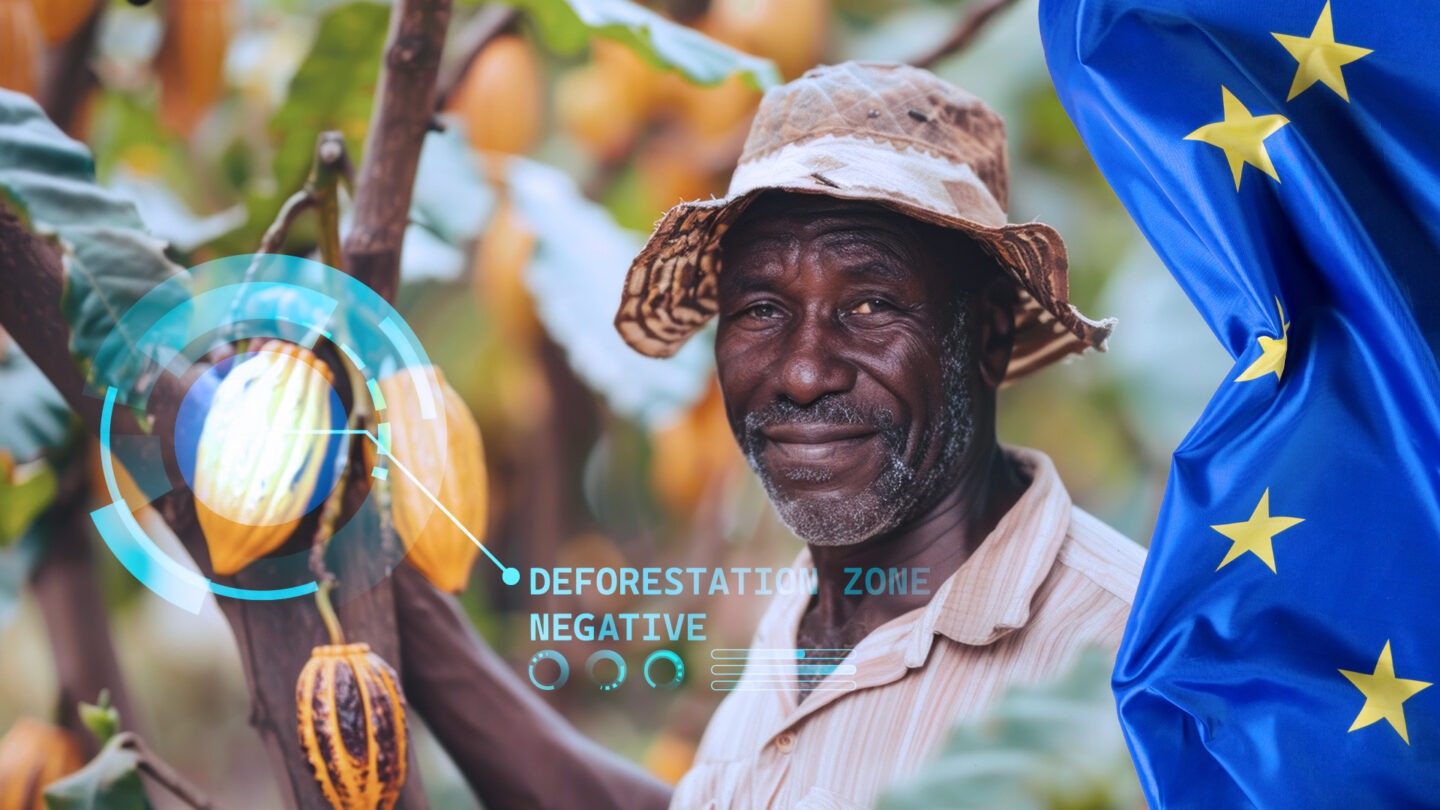“The best fertilizer for a piece of land is the footprints of its owner.” ~ Lyndon B. Johnson
Fertilizers play a vital role in modern agriculture, significantly increasing crop yields and feeding a growing population. However, it is important to understand the potential environmental impacts associated with their use. In this article, we will delve into how fertilizers can affect soil health, groundwater, and the atmosphere. We will also explore the differences between inorganic and organic fertilizers in terms of their environmental implications.
1. Soil Health:
Fertilizers can impact soil health in both positive and negative ways. On the positive side, they provide essential nutrients that promote plant growth and enhance soil fertility. However, excessive or improper use of fertilizers can lead to negative consequences. Over-reliance on inorganic fertilizers can disrupt the natural balance of nutrients in the soil, leading to nutrient imbalances and reduced soil quality. This can result in the loss of soil organic matter, decreased soil fertility, and increased susceptibility to erosion.
Organic fertilizers, on the other hand, contribute to improving soil health over the long term. They contain organic matter that helps enhance soil structure, water retention, and nutrient availability. Organic fertilizers also support beneficial soil microorganisms, fostering a healthier and more sustainable soil ecosystem.
2. Groundwater:
The use of fertilizers can pose risks to groundwater quality, especially in cases where excess nutrients leach into water sources. Inorganic fertilizers, due to their solubility, have a higher potential for leaching into groundwater compared to organic fertilizers. Nitrogen, in the form of nitrates, is of particular concern as it can contaminate drinking water supplies. High nitrate levels in water can be harmful to human health, especially for infants and pregnant women.
Organic fertilizers, being slower to release nutrients, reduce the risk of nutrient leaching. They allow for a more controlled and gradual nutrient release, minimizing the potential impact on groundwater quality. Moreover, organic fertilizers improve the water-holding capacity of soils, reducing the likelihood of runoff and leaching.
3. Atmosphere:
Fertilizer use can also have implications for the atmosphere, primarily through the release of nitrogen-based gases. Inorganic fertilizers, particularly those containing ammonium or urea, can contribute to the emission of nitrous oxide (N2O), a potent greenhouse gas that contributes to climate change. Additionally, excessive nitrogen application can lead to ammonia (NH3) volatilization, resulting in air pollution and respiratory health issues.
Organic fertilizers, being derived from natural sources, release nutrients slowly and in a more controlled manner. This reduces the risk of nitrogen loss to the atmosphere, minimizing greenhouse gas emissions and air pollution associated with fertilizer use.
The Environmental Impact of Fertilizer Production
Fertilizer production industries play a significant role in meeting the global demand for fertilizers. However, their operations can have adverse effects on the climate and environment. The production of inorganic fertilizers, such as through the Haber-Bosch process, often involves the combustion of fossil fuels at high temperatures. This process releases substantial amounts of carbon dioxide (CO2) into the atmosphere, contributing to greenhouse gas emissions and climate change.
Furthermore, the extraction and processing of raw materials for fertilizers can result in habitat destruction, deforestation, and biodiversity loss. It is imperative for these industries to adopt cleaner and more sustainable production methods, such as utilizing renewable energy sources and implementing carbon capture and storage technologies, to mitigate their environmental impact and contribute to global efforts in addressing climate change.
Farmerline’s commitment
At Farmerline, we are deeply committed to environmental sustainability and ensuring a healthy ecosystem. We prioritize the use of eco-friendly inputs and practices in our operations. For instance, we encourage farmers to adopt sustainable farming techniques such as crop rotation, cover cropping, and agroforestry. We also advocate for soil testing to assess nutrient levels and tailor fertilizer applications to specific crop needs, minimizing excess usage. In our approach, we promote the combined application of organic soil amendments followed by judicious use of chemical fertilizers, striking a balance between organic and inorganic inputs.
Furthermore, Farmerline aligns its business goals with sustainability targets and strives to contribute to achieving net-zero carbon emissions. By integrating sustainable practices and empowering farmers with knowledge and tools for responsible fertilizer use, we aim to preserve the environment, protect natural resources, and build a resilient agricultural system for future generations.
Farmerline endeavors to make a positive impact on the environment while supporting the livelihoods of farmers.
Conclusion:
While fertilizers provide essential nutrients for crop growth, their impact on the environment should not be overlooked. Inorganic fertilizers can lead to nutrient imbalances, groundwater contamination, and greenhouse gas emissions. In contrast, organic fertilizers contribute to improved soil health, reduced nutrient leaching, and minimized environmental pollution.
To ensure sustainable agriculture, it is crucial to adopt responsible fertilizer practices. This includes optimizing fertilizer application rates, utilizing nutrient management plans, and considering the use of organic fertilizers. By striking a balance between productivity and environmental stewardship, we can mitigate the negative impacts of fertilizers and cultivate a more sustainable future for agriculture.
Remember, knowledge and awareness are key to making informed decisions that benefit both farmers and the environment.









